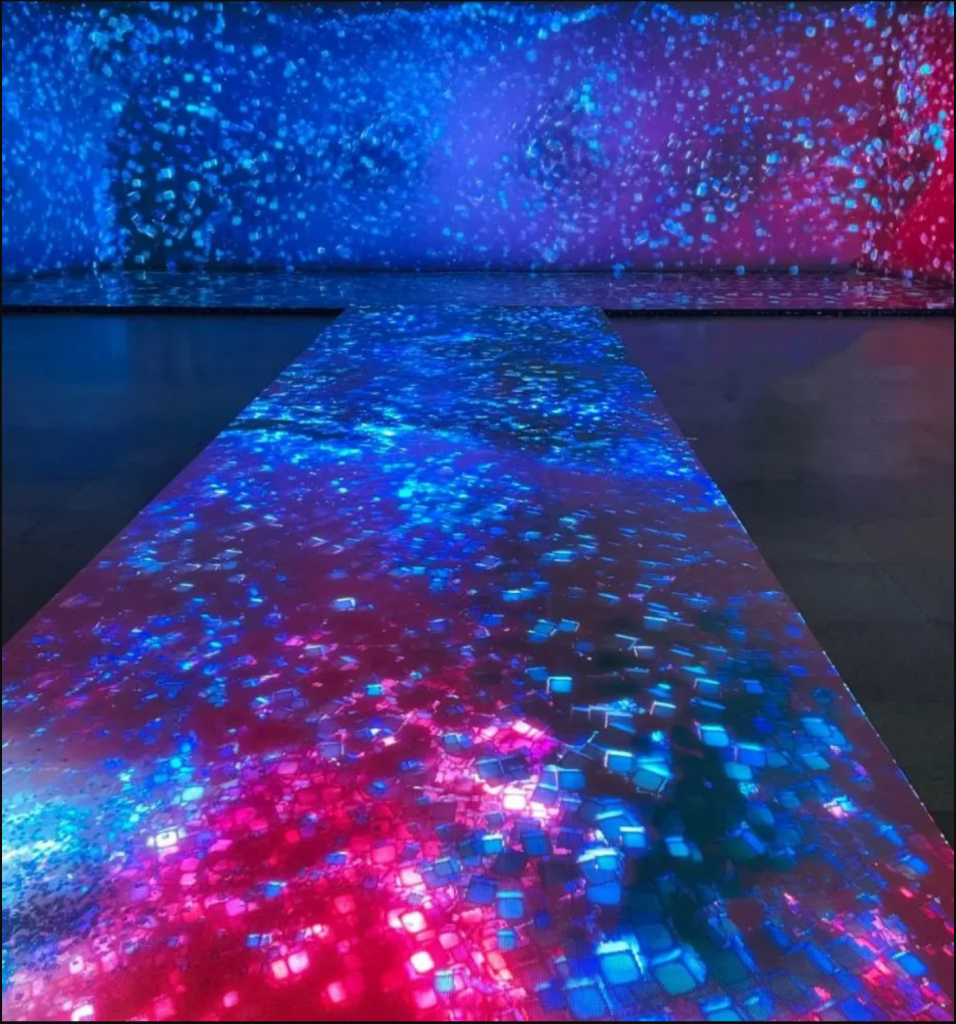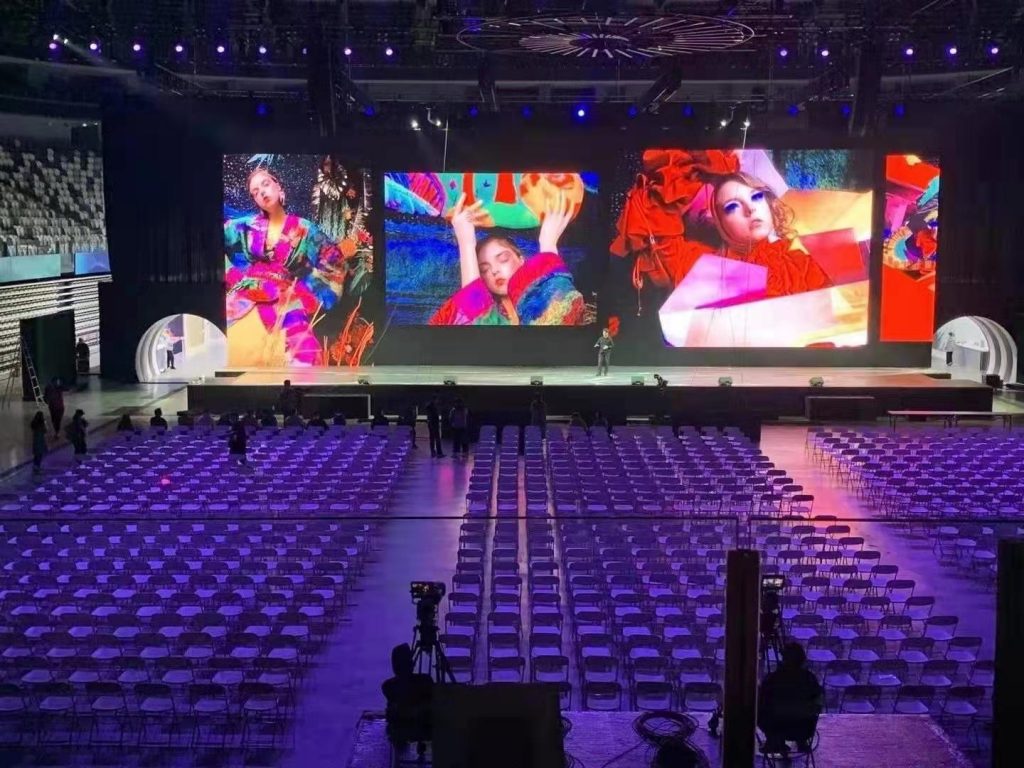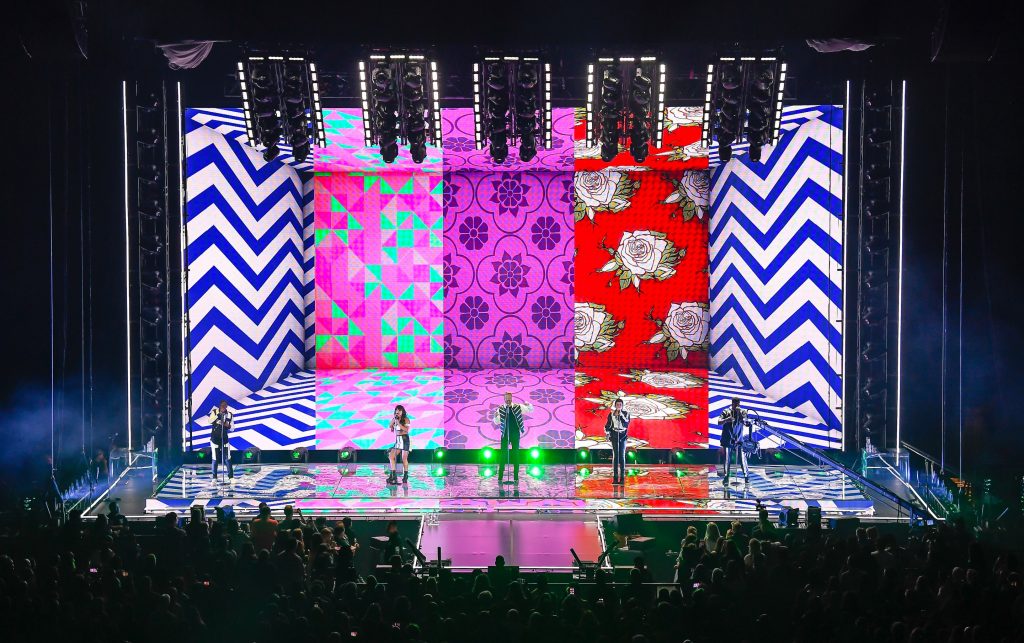What are the differences between the specifications of the stage LED display and the conventional LED display? We all know that the stage LED display color screen is mainly to set off the main screen effect and create a stage atmosphere. Compared with conventional LED displays, stage LED displays are also more common, so can ordinary LED displays be used on the stage? What are the differences between stage LED displays? Let’s find out together.
LED color screen point spacing is generally relatively large, and the viewing distance is relatively long. It is used in large-area display effects. Low cost is an advantage. It is mainly used for indoor and outdoor concerts as backgrounds, building curtain walls, advertising screens, nightclubs, dance halls Wait. Stage LED display color screen specifications, outdoor commonly used P12, P16, P20 LED grid screen, indoor commonly used P6, P7.62 models.

Now the more popular P2.5 high-definition color screen on the market has the advantages of larger viewing angle and higher definition than the conventional grid screen. In addition to considering the model and cost budget when purchasing, you must also choose according to your environment of use.
The difference between the stage LED display color screen and the conventional LED display is as follows:
- Modular design for easier installation and maintenance.
- All-aluminum structure module, the weight is only about 30% of the conventional LED display.
- Transparent design, good ventilation and lighting, small wind resistance.
- It is more suitable for making super large area LED display. Installation is quick and cost-effective.
- The LED screen is made into vertical strips or grids, and the size can be adjusted arbitrarily.
- Easy production, maintenance, good heat dissipation, high stability.
So how to choose the same type of stage LED display, 4K and 8K picture quality?
In general, we can consider the following points.
- Follow the standard of “low light and high gray”
The stage LED screen is used as a display terminal, and viewing comfort needs to be guaranteed first. To achieve this, the brightness of the stage LED screen should be adjusted slightly upwards on the basis of not being too dazzling. However, in the traditional LED display technology, reducing the brightness of the screen will cause the loss of grayscale, and the loss of grayscale will directly affect the picture quality. Therefore, an important standard for high-quality stage LED screens is to “low brightness and high brightness. Ash”.
In the actual purchase, users can follow the principle of “the more brightness levels the human eye can recognize, the better”. The brightness level refers to the brightness level of the image that the human eye can distinguish from the darkest to the whitest. The more levels, the larger the color gamut of the display screen and the richer the color performance.

Generally, the overall brightness of 8K resolution will be slightly lower than that of 4K resolution. This is because the density of the 8K resolution is higher, so the power consumption will be higher than that of 4K, and the brightness can be reduced a little bit, which can better maintain the use of the display.
- Select the resolution, pay attention to the combination with the “front-end transmission equipment”
The smaller the dot pitch of the LED screen, the higher the resolution and the higher the clarity of the picture. In actual operation, users want to build the best LED display system. While storing the resolution of the screen itself, they should also consider the combination with the front-end transmission products, and also consider the visual distance between the stage and the auditorium.

- Choose the point spacing, pay attention to the balance of “effects and skills”
Compared with the traditional LED screen, the outstanding feature of the stage LED display is the smaller dot pitch. In practical use, the smaller the dot pitch, the higher the pixel density, the more information capacity the unit area can represent at one time, and the closer the optimal viewing distance is, and vice versa, the farther the optimal viewing distance is. Many users think that the smaller the dot pitch of the display screen, the better, but this is not the case in reality.
With the penetration of 5G commercial use, ultra-high-definition small-pitch LED displays have also appeared in all walks of life. The product has the advantages of strong reliability, fast heat dissipation, quieter, obvious energy saving, etc. The display effect can ensure that the audience can watch at close range for a long time without graininess, and the visual enjoyment is more comfortable. It can easily meet the market display terminal 4K, 8K full HD resolution. Show requirements. In addition to the radio and television studio industry, the products integrate 5G+4K/8K/AR technologies, and are also used in smart medical care, distance education, traffic command, aerospace and military industry, public security fire protection and other fields.